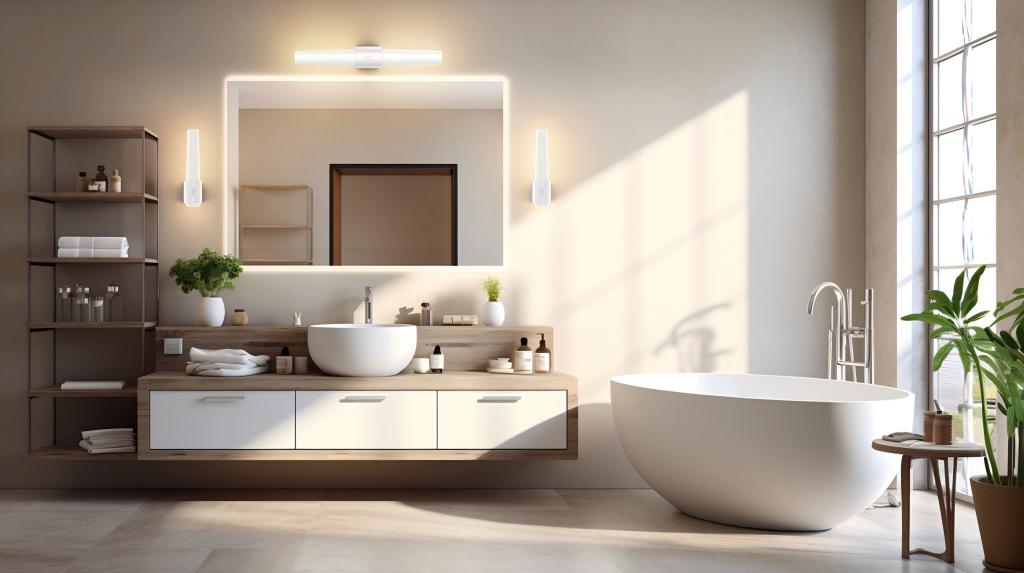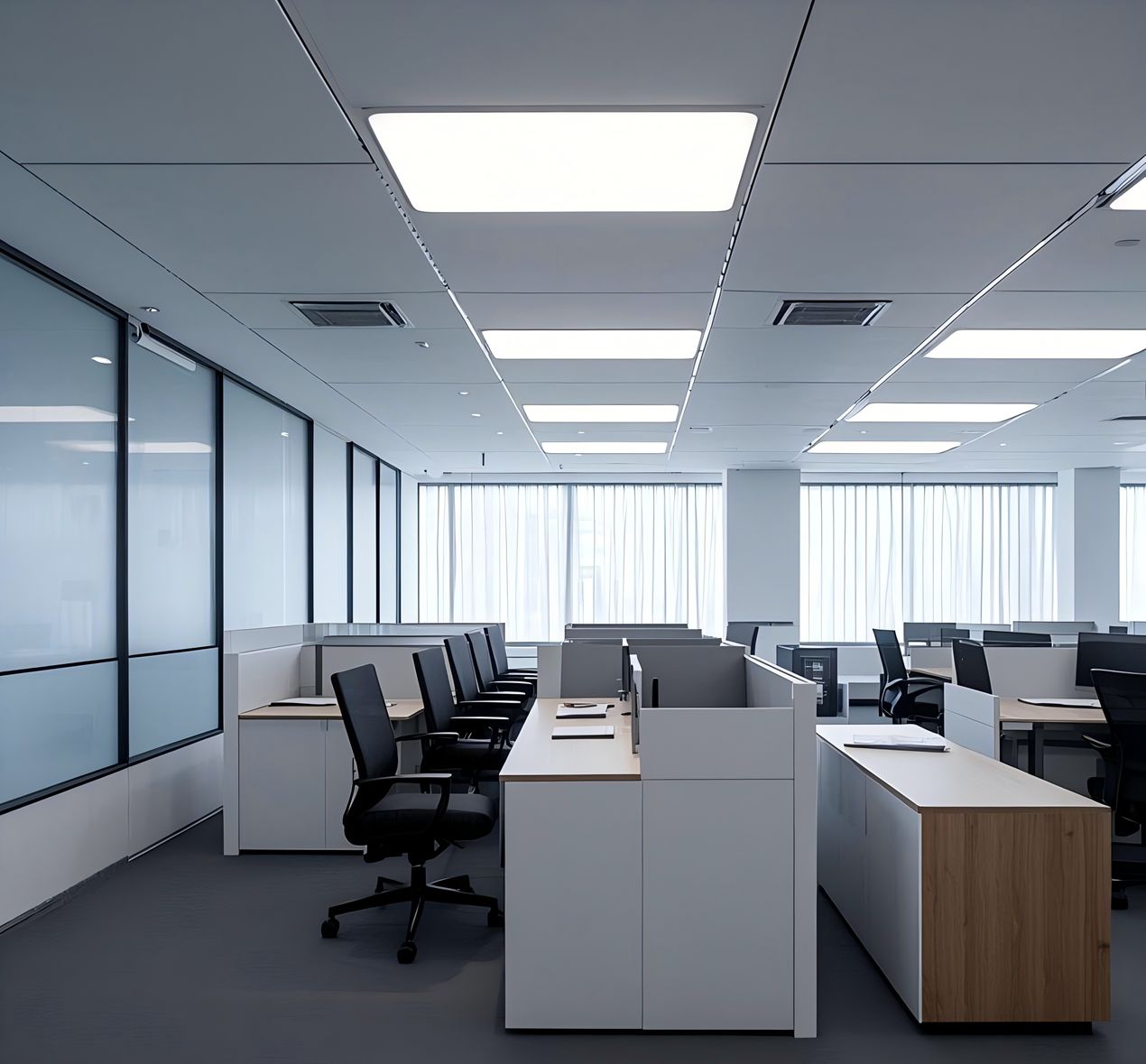
Human centric lighting (HCL), is a hot topic in the lighting industry, special for lighting designers and scientific researchers. We also call it circadian lighting, or lighting for health and well-being, Human centric lighting can adjust people's daily rhythms and improve their biological and emotional health motivation, and productivity.
Let’s dive right in...
- #1 Why it's important
- #2:How its work
- #3: Research study
- #4:Beneficts
- #5:Applications
- #6:case study
- #7:Future
#1 Why its Important
Why human-centric lighting is important for our life? This goes back to the impact of light on us. light is the embodiment of life and growth for billions of people the day's work starts each morning at first light. however, in our modern civilization, the light does not go out in the evening electric light also has a huge effect on our lives today. for example, candlelight appears redder and warmer than the light from a classic fluorescent lamp. we humans require light primarily to see. In modern times vision has become increasingly important in comparison with other senses. However, since around the turn of the last millennium, we know that light means more to us than just brightness. it has a far greater effect on us than we had previously thought.
#2:How Human Centric Lighting Works
humans have internalized the day/night rhythm, and many processes within the organism were adapted to this 24-hour cadence. the body functions very differently at night than it does during the day. what began as an adaptive response to external conditions has long since become a vital rhythm.

health and well-being are hugely dependent on this circadian rhythm, hormone levels blood pressure mood, and motivation change based on the internal clock. It is true that this internal clock also continues to tick and in closed rooms devoid of daylight. however, it does not work entirely independently of external influences. light appears to play a decisive role here, but how can light make an impact?
#3: HCL Research Study
in 2002 scientists made an amazing discovery, there is a hitherto unknown third receptor for incidental light in the human eye. it was discovered that the ganglion cells in the retina produced melanopsin, which controls hormone production.
we have understood that the ganglion cells containing melanopsin have functions that go beyond that of vision, in other words, they fulfill a significant function in the regulation of our intrinsic hormone systems. so it now follows from the insights into these nonvisual or biological effects of light on humans.
Crona biologists medical professionals and industry representatives got to work, their aim was to artificially simulate the effects of natural illumination. so that the positive effects can be utilized. we noted that people are increasingly spending time in enclosed rooms internal rooms sometimes with inadequate lighting. insufficient illumination can sometimes cause conditions similar to depression ie the eye does not receive enough light to synchronize the body. we can now address this problem by way of modern lighting systems using color temperature-dependent control systems. a variety of factors are integral to the meaningful biological effect of lighting technology.

for example, the color of the light and lumination intensity must be aligned with a circadian rhythm throughout the day, in the mornings after work has started light with a higher intensity and an increased proportion of blue supports alertness and productivity.
This enables concentration to be maintained at lunchtime and throughout The afternoon towards evening the illumination intensity should drop off and the proportion of red should increase this supports humans as they prepare for sleep, and the direction of the light also plays a role.
#4:Benefits of Human-Centric Lighting
Light plays a very important role in human daily life. Light has an effect on our vision, body, and emotion. The light intensity, color, pattern, and wavelength influence our circadian rhythm. Our body rhythm will be synchronized to 24 hours when exposed to natural sunlight, on the contrary, our circadian rhythm might be disrupted, which may lead to health risks, and problems with body clock similar to let-lag, heart disease, and breast cancer.
Most people spend most of their time in an artificial lighting environment, with fixed light from wake-up to go-to-sleep. In this kind of environment, it is not able to have dynamic human-centric lighting which will help to manage our emotions, health, and productivity. That is why we need the right light at the right place at the right time to help people perform well and reduce health risks. a simple introduction you can check here.
#5:Applications
Office
human-centric lighting in the workplace, many people were delighted with a new light installation, even in the evenings, we can feel fresher and be more receptive. Installing high-quality light, you can believe that the investment has certainly been worthwhile. that it motivates our employees and also results in better performance and that there is also the option of taking this energy home and not just returning home tired after eight hours of work.
Education:
There has a study shown that effective light is also effective in the school setting. We can notice that the best lighting system that promotes concentration has a huge effect on the class, everyone is exposed to the same lighting conditions and they work in a far more targeted fashion which is really good for the class, of course, this is then also good for teachers. that's a positive color in this practice and then It’s really easy to concentrate during exams and during rest periods.
Healthcare:
Human-center lighting is also suitable for healthcare in the future, dimmable and color-temperature lighting technologies can improve the patient experience, patient wellbeing, and staff performance. Two Points: natural day rhythm well-being and faster healing.
#6:Case Study
#7:Future
There have two two opinions, One is that Human Centric Lighting technology is worth the investment today, but some declared that it's too early to implement human-centric lighting. Through the efforts of lighting researchers, we believe our future HCL lighting will get better. As an LED lighting manufacturer, we will constantly have our hand on the pulse, collaborating with lighting management system providers to give our customers the latest lighting technologies and humanize lighting products.













